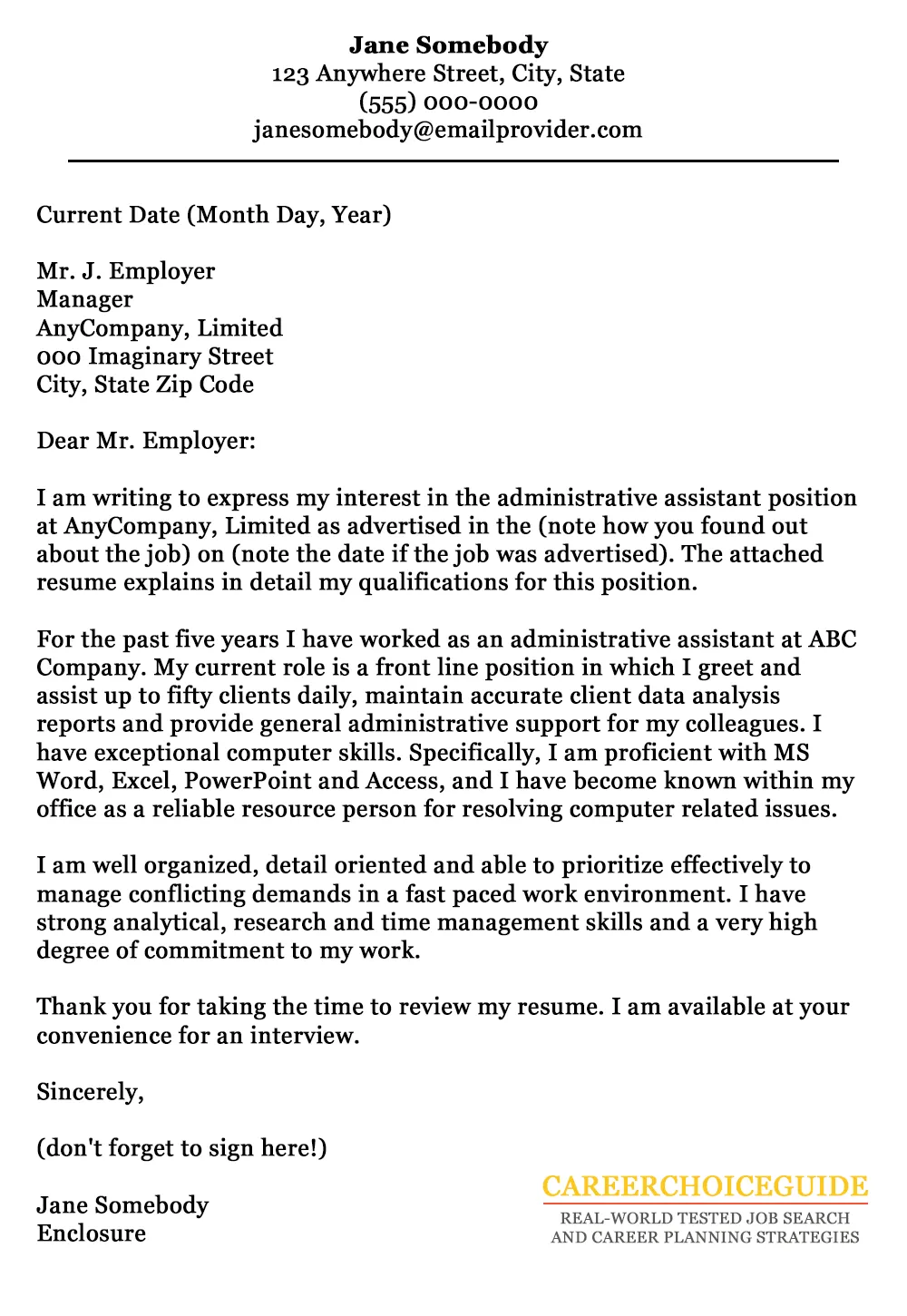What is a Cover Letter
A cover letter is a crucial document accompanying your resume when applying for a job. It serves as your first introduction to a potential employer, providing an opportunity to showcase your personality, skills, and enthusiasm for the position. Unlike a resume, which is a factual summary of your experience, a cover letter allows you to tell a story, highlighting why you are the ideal candidate for the specific role. Writing a compelling cover letter is an art and a science, requiring careful attention to detail and a strategic approach to stand out from the competition. A well-crafted cover letter can significantly increase your chances of landing an interview, while a poorly written one can lead to your application being overlooked.
The Purpose of a Cover Letter
The primary purpose of a cover letter is to introduce yourself and express your interest in a particular job opportunity. It’s your chance to explain why you’re interested in the company and the specific role, and how your skills and experiences align with their needs. A good cover letter highlights your qualifications, provides context for your resume, and demonstrates your understanding of the job requirements. It allows you to make a positive first impression, showing the hiring manager that you’ve taken the time to understand the company and tailor your application accordingly. Furthermore, it gives you the opportunity to address any potential concerns or gaps in your resume.
Key Components of an Effective Cover Letter
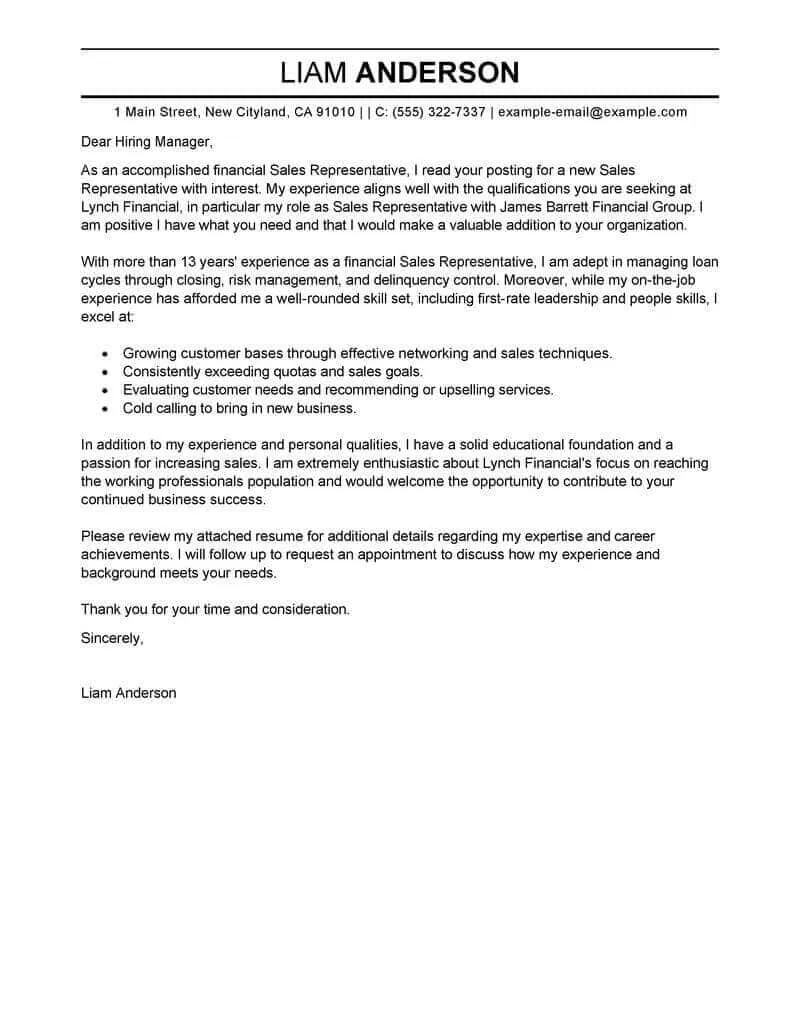
Header and Contact Information
Begin your cover letter with a professional header that includes your full name, contact information (phone number, email address, and LinkedIn profile URL), and the date. Also, include the hiring manager’s name (if known), their title, and the company’s address. This ensures the employer knows how to reach you and gives your letter a polished appearance. Make sure your contact information is accurate and up-to-date to facilitate easy communication. Using a clear and readable font, like Times New Roman or Arial, ensures your header looks professional. Correct formatting in the header also enhances the overall presentation, setting a positive tone from the start.
Addressing the Hiring Manager
Always address the hiring manager by name whenever possible. Research their name through the company website, LinkedIn, or the job posting. Addressing the letter to a specific person demonstrates that you’ve done your homework and are genuinely interested in the position. If you’re unable to find a specific name, use a professional greeting such as ‘Dear Hiring Manager’ or ‘Dear [Department Name] Team.’ Avoid generic greetings like ‘To Whom It May Concern,’ as they can make your letter feel impersonal. Personalizing the greeting shows respect and attention to detail, which can leave a positive impression.
Opening Paragraph Hook
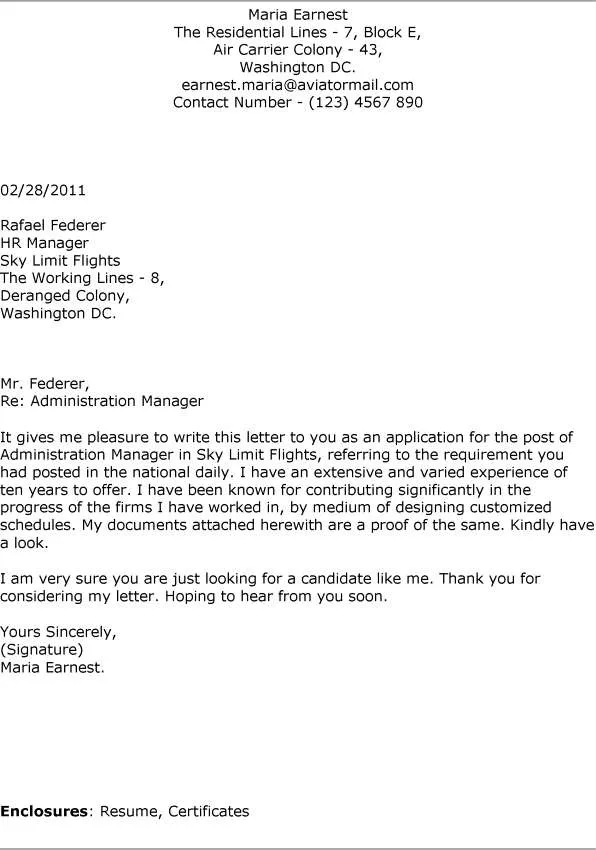
The opening paragraph is your first chance to grab the reader’s attention. Start with a compelling statement that immediately communicates your enthusiasm for the role or company. Briefly mention the specific position you’re applying for and how you learned about it. You can also include a short, impactful sentence that summarizes your key qualifications or highlights something unique about you. Avoid generic openings; instead, tailor it to the specific job. A strong opening makes the hiring manager want to read more, significantly boosting your chances of a positive response. Think of it as your elevator pitch in written form.
Highlighting Your Skills and Experience
The body of your cover letter is where you showcase your skills and experience, aligning them with the job requirements. Refer to the job description and identify the key skills and qualifications the employer is seeking. Provide specific examples of how you’ve demonstrated these skills in previous roles, using the STAR method (Situation, Task, Action, Result) to provide context and demonstrate impact. Quantify your achievements whenever possible to show the tangible results of your work. For example, instead of saying ‘Managed social media,’ state ‘Increased social media engagement by 30% in six months.’ Tailoring this section to the specific job is paramount to a successful application.
Tailoring to the Job Description
Carefully analyze the job description and tailor your cover letter to match the requirements and keywords mentioned. Use the same language as the job posting to highlight your relevant skills and experiences. This shows the hiring manager that you understand the role and have the necessary qualifications. Focus on the aspects of your background that are most relevant to the position, and avoid including irrelevant information. Customizing your letter demonstrates that you’ve taken the time to understand the job requirements and are genuinely interested in the opportunity. A generic cover letter that doesn’t address the specifics of the job is likely to be overlooked.
Quantifying Achievements

Whenever possible, quantify your achievements with numbers and data to demonstrate the impact of your work. Instead of saying ‘Improved customer satisfaction,’ say ‘Increased customer satisfaction scores by 15% within one quarter.’ Quantifiable results provide concrete evidence of your skills and accomplishments, making a more compelling case for your candidacy. Using metrics like percentages, dollar amounts, or specific numbers related to projects adds credibility and helps the hiring manager understand the value you can bring to the company. Highlighting quantifiable achievements sets your cover letter apart from others and shows you are results-oriented.
Expressing Enthusiasm and Interest
Throughout your cover letter, express your genuine enthusiasm for the role and the company. Show that you’ve researched the company, understand its mission, and are excited about the opportunity to contribute. Explain why you’re interested in this particular role and what you hope to achieve. Demonstrate your understanding of the company’s goals and how your skills align with them. This enthusiasm, combined with specific examples of your skills and experiences, makes your letter stand out and shows the hiring manager that you’re not just looking for a job but a career opportunity.
Call to Action and Closing
In your closing paragraph, reiterate your interest in the position and include a call to action. Express your enthusiasm for the opportunity to discuss your qualifications further. State your availability for an interview and thank the hiring manager for their time and consideration. Keep the tone professional and confident. Use phrases like ‘I am eager to learn more about this opportunity’ or ‘I am available for an interview at your earliest convenience.’ Avoid generic closings; tailor your closing statement to reflect your genuine interest. End with a professional closing, such as ‘Sincerely’ or ‘Best regards,’ followed by your typed name.
Formatting and Presentation

Font and Readability
Use a professional and easy-to-read font, such as Times New Roman, Arial, or Calibri. The font size should be between 10 and 12 points. Ensure that the text is well-spaced, with ample margins to avoid a cluttered appearance. Proper formatting makes your cover letter easier to read and demonstrates attention to detail. A clean and organized layout shows professionalism and respect for the reader’s time. A well-formatted letter leaves a positive impression and makes the information easily accessible.
Length and Structure
Keep your cover letter concise, ideally no more than one page. Structure your letter logically, with clear paragraphs that address each key component: introduction, body (highlighting skills and experience), and conclusion. Use headings and bullet points to break up large blocks of text and improve readability. A well-structured letter ensures that your key points are easily understood and that the hiring manager can quickly grasp your qualifications. Shorter, focused cover letters are more likely to be read in their entirety. Avoid unnecessary details and keep the focus on relevant information.
Proofreading and Editing
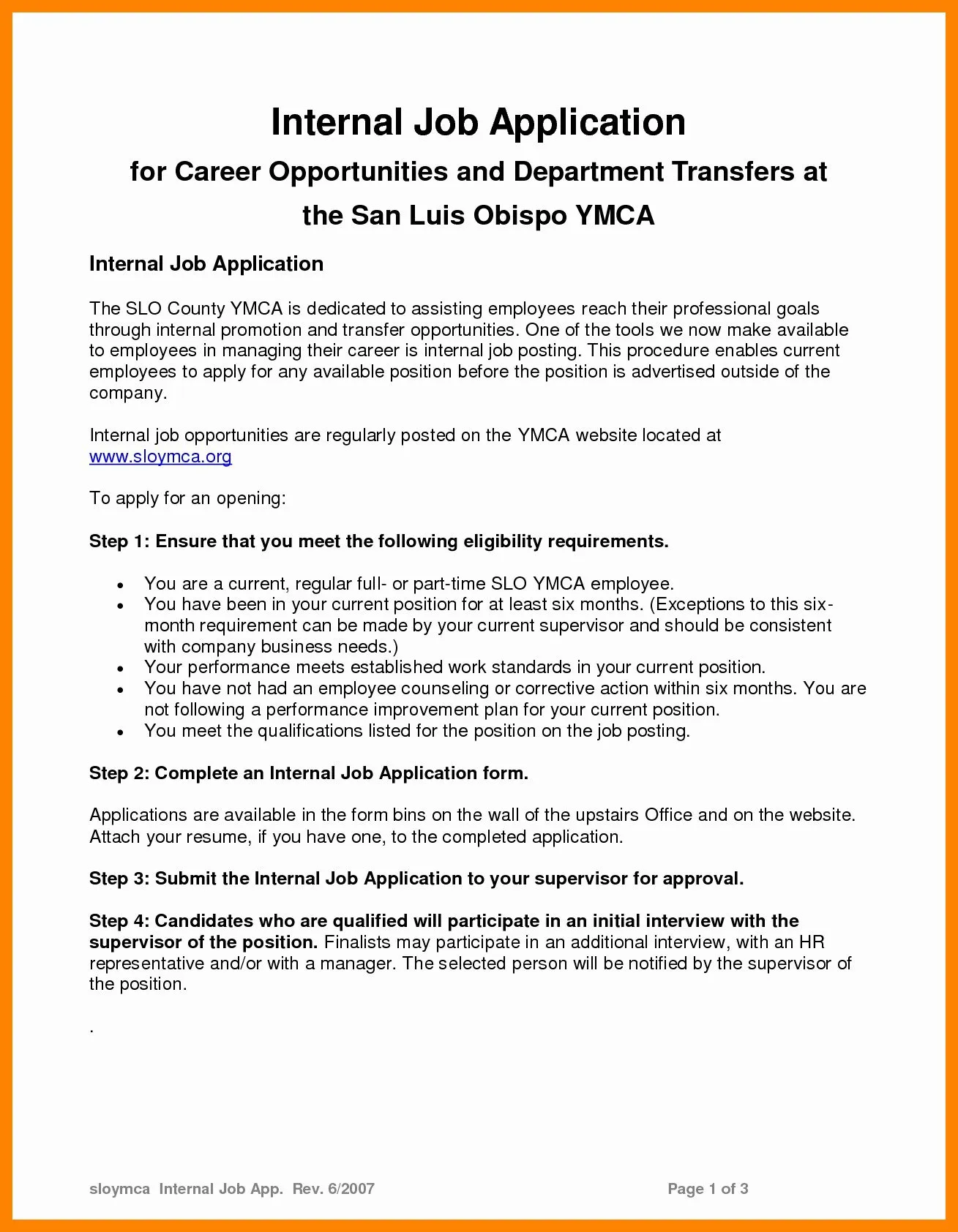
Proofread your cover letter carefully for any grammatical errors, typos, or inconsistencies. Check the spelling of the hiring manager’s name, company name, and job title. Use grammar and spell-check tools, but also read the letter multiple times to catch any errors. Ask a friend, family member, or career counselor to review your letter for a second opinion. A polished, error-free cover letter demonstrates your attention to detail and professionalism. Mistakes can create a negative impression and detract from your qualifications. Proofreading ensures your best foot forward in the job application process.
Common Mistakes to Avoid
Typos and Grammatical Errors
Typos and grammatical errors are a major turn-off for hiring managers. They indicate a lack of attention to detail and can undermine your credibility. Always proofread your letter carefully, and use grammar and spell-check tools. Consider having a friend or career counselor review your letter to catch any mistakes you might have missed. A well-written and error-free cover letter reflects professionalism. It demonstrates that you have the attention to detail required for the job.
Generic or Uninspired Content
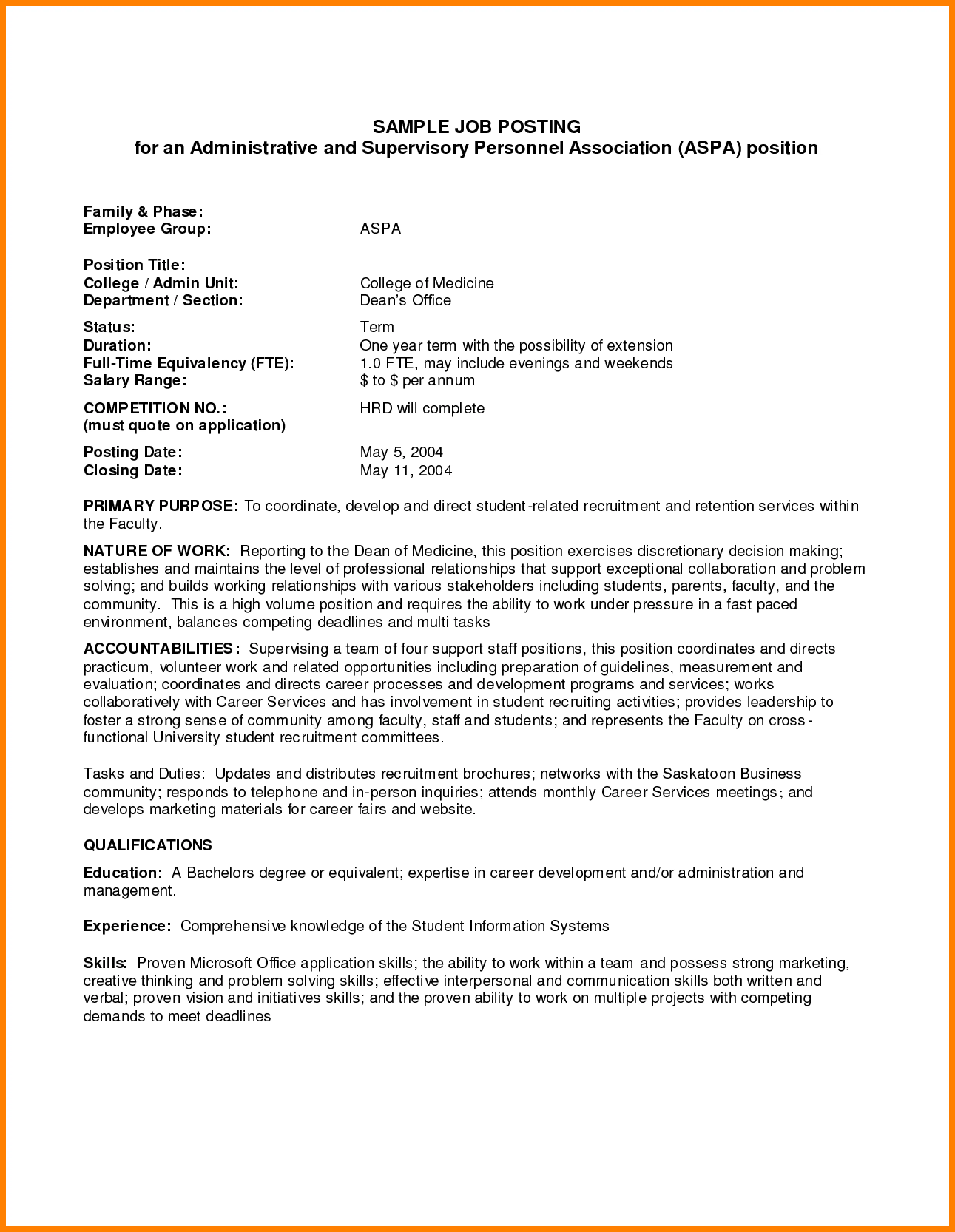
Avoid using generic phrases and clichés that lack originality. Tailor your cover letter to the specific job and company. Show enthusiasm for the role and highlight the reasons why you are the right fit. Use specific examples of your skills and accomplishments rather than making vague statements. Hiring managers can easily identify a generic cover letter, which often leads to your application being overlooked. The goal is to stand out from the crowd.
Ignoring the Job Description
Failing to address the specific requirements outlined in the job description is a critical mistake. Carefully read the job description and identify the key skills, qualifications, and experiences the employer is seeking. Customize your cover letter to highlight how your background aligns with these requirements. Use keywords from the job description to demonstrate your understanding of the role. Ignoring the job description makes your cover letter irrelevant, which may result in the hiring manager assuming you are not a suitable candidate.
Lengthy and Unfocused Letters
Keep your cover letter concise and focused. Aim for one page and avoid including irrelevant information. Highlight your most relevant skills and experiences, and avoid rehashing your entire resume. A lengthy, unfocused cover letter is likely to lose the hiring manager’s interest. Make your points clearly and succinctly, making sure that the hiring manager can easily understand your qualifications. A well-organized, brief cover letter makes the best impression.
Writing a Cover Letter for a Specific Job Posting
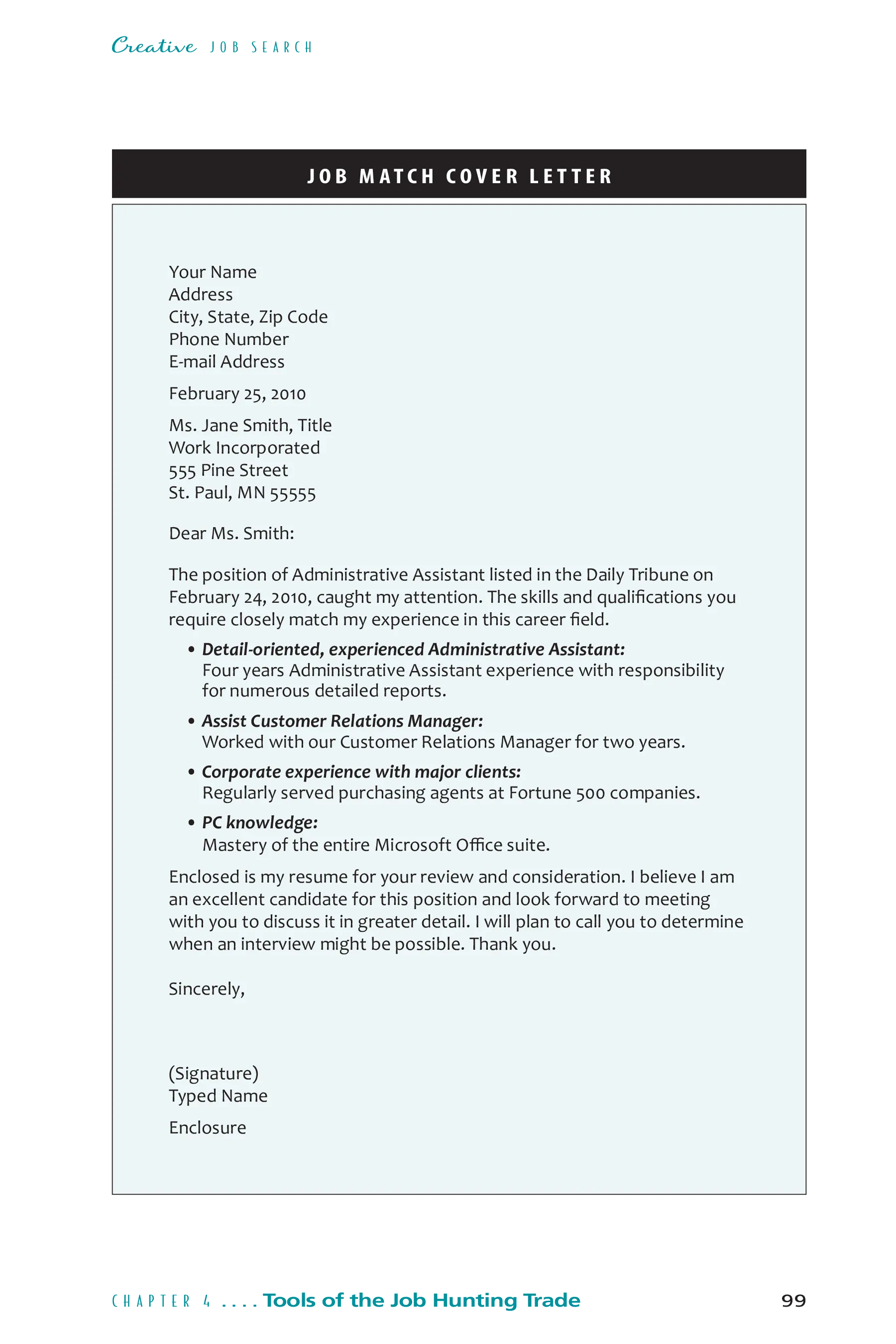
Researching the Company and Role
Before you start writing, research the company and the specific role you’re applying for. Visit the company website, read industry news, and check their social media profiles. Understand the company’s mission, values, and recent initiatives. Familiarize yourself with the role’s responsibilities and requirements. This research will allow you to tailor your cover letter to the company’s needs and show your genuine interest. It gives you context to highlight your relevant experience and explain your interest in the company.
Identifying Key Skills and Requirements
Carefully review the job posting and identify the key skills, qualifications, and experiences the employer is seeking. Make a list of these requirements and determine which of your skills and experiences align with them. This will help you prioritize the information you include in your cover letter. Make sure your cover letter highlights the specific skills and experiences that the company has mentioned. Focus your attention on what is most relevant. Tailoring the letter significantly improves your chances of getting an interview.
Customizing the Letter to Match
Use the information from the job description to customize your cover letter. Tailor your language to reflect the keywords and phrases used in the job posting. Provide specific examples of how your skills and experiences meet the requirements. Highlight your accomplishments and quantify them whenever possible. Demonstrating that your background directly relates to the job requirements significantly increases your chances of success. Personalize your letter, indicating your understanding of the opportunity and expressing your enthusiasm to make a positive impact.
